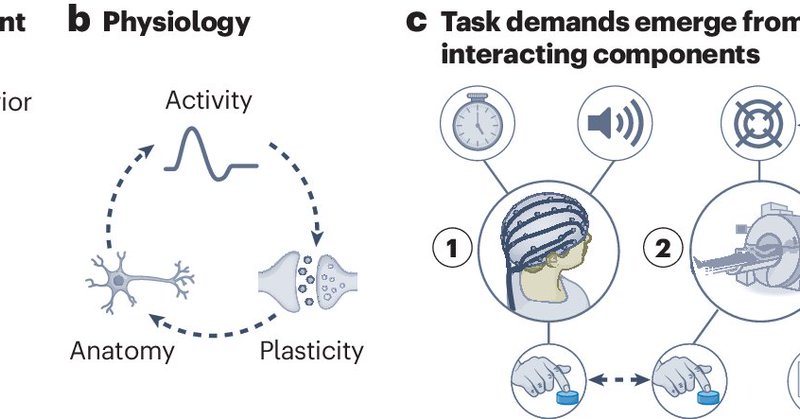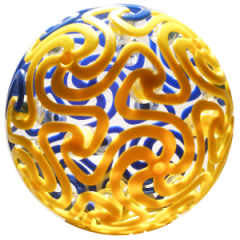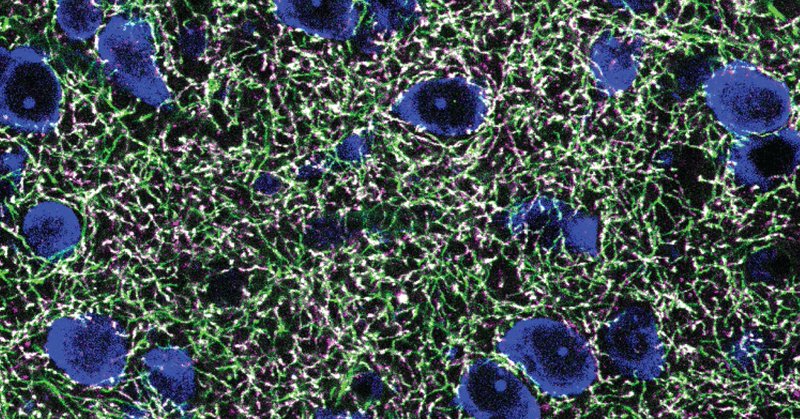
Fernando M Ramírez
@FRamirez_R2
Followers
59
Following
20
Media
0
Statuses
34
Neuroscientist, dad, and postdoc @NIH. Opinions are my own.
Joined September 2017
RT @NauMatt: #CogNeuro seeks unified theories of behavioral, physiological, and mental states. To this aim, our @NatureNeuro Perspective pr….
nature.com
Nature Neuroscience - Task demands are a primary determiner of behavior and neurophysiology. Here the authors discuss how understanding their influence through multitask studies and tests of...
0
71
0
RT @talia_konkle: Makes me so proud to be a vision scientist studying high-level representation…. My heroes!.
0
1
0
RT @layerfMRI: With cool discussions on differences between OHBM and ISMRM. A versio with video also here:
0
3
0
RT @layerfMRI: At #OHBM2024, there will be more layer-fMRI abstracts than any previous year. Here are my favourite abstracts: https://t.co/….
layerfmri.com
This post summarized the layer-fMRI abstracts form major relevant conferences 2024, including ISMRM, OHBM. This is following the posts of previous years 2023, 2022, 2021, 2020, 2019.
0
9
0
Important issue worth thinking about; incentives, mechanisms, and peer recognition. Linked is a relatively unnoticed Matters Arising piece that originated in the identification of an error, leading to a stimulating discussion with @AlinkArjen @rikhens.
Science can be self-correcting — but only if we invest in making it so. Our view on the staggering costs of undetected errors in science, and why funding error detection and correction is less expensive, published today in @Nature.
0
0
0
The image biases shown & model help interpret findings of mirror-symmetry in fully-connected layers of Deep Networks. Come to my talk at #VSS2024 Sat 18 May 3:30 pm From Divergence to Convergence: A model-guided Synthesis of Findings in Human and Macaque Face Processing Networks.
0
0
3
It’s finally out!!! Happy to share our publication in J Neuro of this fun project conducted with a great team Cambria Revsine @CRevsine, Javier Gonzalez-Castillo @javiergcas, @elimerriam and Peter Bandettini @fMRI_today (1/3).
1
0
3
A Unifying Model for Discordant and Concordant Results in Human Neuroimaging Studies of Facial Viewpoint Selectivity
jneurosci.org
Recognizing faces regardless of their viewpoint is critical for social interactions. Traditional theories hold that view-selective early visual representations gradually become tolerant to viewpoint...
1
4
7
RT @TalGolanNeuro: However, low-level confounds may indeed affect some results in the literature, especially those from fMRI scans. Pairing….
0
1
0
Happy to share the preprint of this fun project conducted with a great team Cambria Revsine @CRevsine, Javier Gonzalez-Castillo @javiergcas, @elimerriam and Peter Bandettini @fMRI_today (1/3).
biorxiv.org
Our ability to recognize faces regardless of viewpoint is a key property of the primate visual system. Traditional theories hold that facial viewpoint is represented by view-selective mechanisms at...
1
5
15
i meant homologies! lol.
Thinking about homomogies of face-selective areas between humans and macaques? Join the Social Vision nanosymposium 1 pm today! #SfN2022 @SfNtweets #SFN22.
0
0
0
Thinking about homomogies of face-selective areas between humans and macaques? Join the Social Vision nanosymposium 1 pm today! #SfN2022 @SfNtweets #SFN22.
0
0
0
#VSS2021 talk (11:00 am). We show why subtracting the mean across conditions can lead to erroneous conclusions regarding neural coding in MVPA, that the location of the origin in voxel space matters, and hence inferences regarding neural coding are not translation invariant (3/3).
0
0
0
#VSS2021 talk (11:00 am). While pattern analyses relying on the Euclidean distance were—as predicted—especially sensitive to signal strength, angular distances proved sensitive to aperture phase (direction of the petals of the flower-like aperture) and grating orientation. (2/3).
0
0
0
#VSS2021 talk (11:00 am). We manipulated grating orientation, phase of a flower-like aperture, stimulus contrast and measured V1 activity patterns with 7T fMRI. We investigate the impact of distance measure and data re-centering on the outcome of fMRI pattern analyses (1/3).
0
0
0






